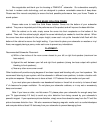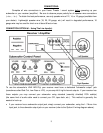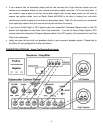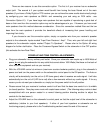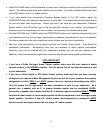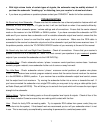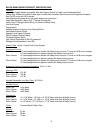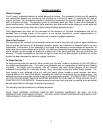
6
• Adjust the PHASE switch on the subwoofer’s control panel to determine which position sounds the most
natural. The difference should be most audible in the mid-bass. If you cannot detect a difference, leave
the PHASE switch in the 0° (in-phase) position.
• If you have placed your subwoofer's Crossover Bypass switch in the OFF position adjust the
CROSSOVER knob and determine what position sounds best. This feature controls the output level of
the mid and upper bass frequencies. Please note that if you have put your subwoofer's Crossover
Bypass switch in the ON position, due to the low pass filter already in your receiver, the subwoofer's
crossover control is unnecessary, will have no effect, and its position can therefore be ignored.
• The best VOLUME level, PHASE switch and CROSSOVER positions will mostly be determined by your
room acoustics and the mid and upper bass frequency response characteristics of your front speakers.
The source material will also play a significant role as its bass level may vary considerably.
• After your initial adjustments you may want to go back and “tweak” these controls. Their effects are
acoustically interrelated. Re-adjusting them may be necessary to obtain optimal performance.
Generally, once you are satisfied with your subwoofer's settings, you can use your receiver’s tone,
equalizer, volume and subwoofer output level controls to optimize your whole system’s performance.
VERY IMPORTANT!
• If you have a Dolby Pro-Logic Home Theater system, make sure that your receiver’s center
channel mode is in the NORMAL position. This will ensure that all low bass information is sent
to your subwoofer.
• If you have a Dolby Digital or DTS Home Theater system, make sure that you have correctly
configured your receiver's Bass Management System so that all of your speakers are properly
categorized as either SMALL or LARGE (please note your receiver's terminology may differ).
This will ensure that all appropriate low bass information is sent to your subwoofer. As a
general rule, a speaker with an 8" or greater diameter woofer may be considered LARGE.
Conversely, a speaker with a woofer less than 8" in diameter may be considered SMALL. Please
note that the bass output of a dual woofer speaker could be comparable to that of a larger single
woofer speaker. Example: A dual 6.5" woofer system would generally be considered LARGE
since its woofer area approximates that of a single 10" woofer system.





